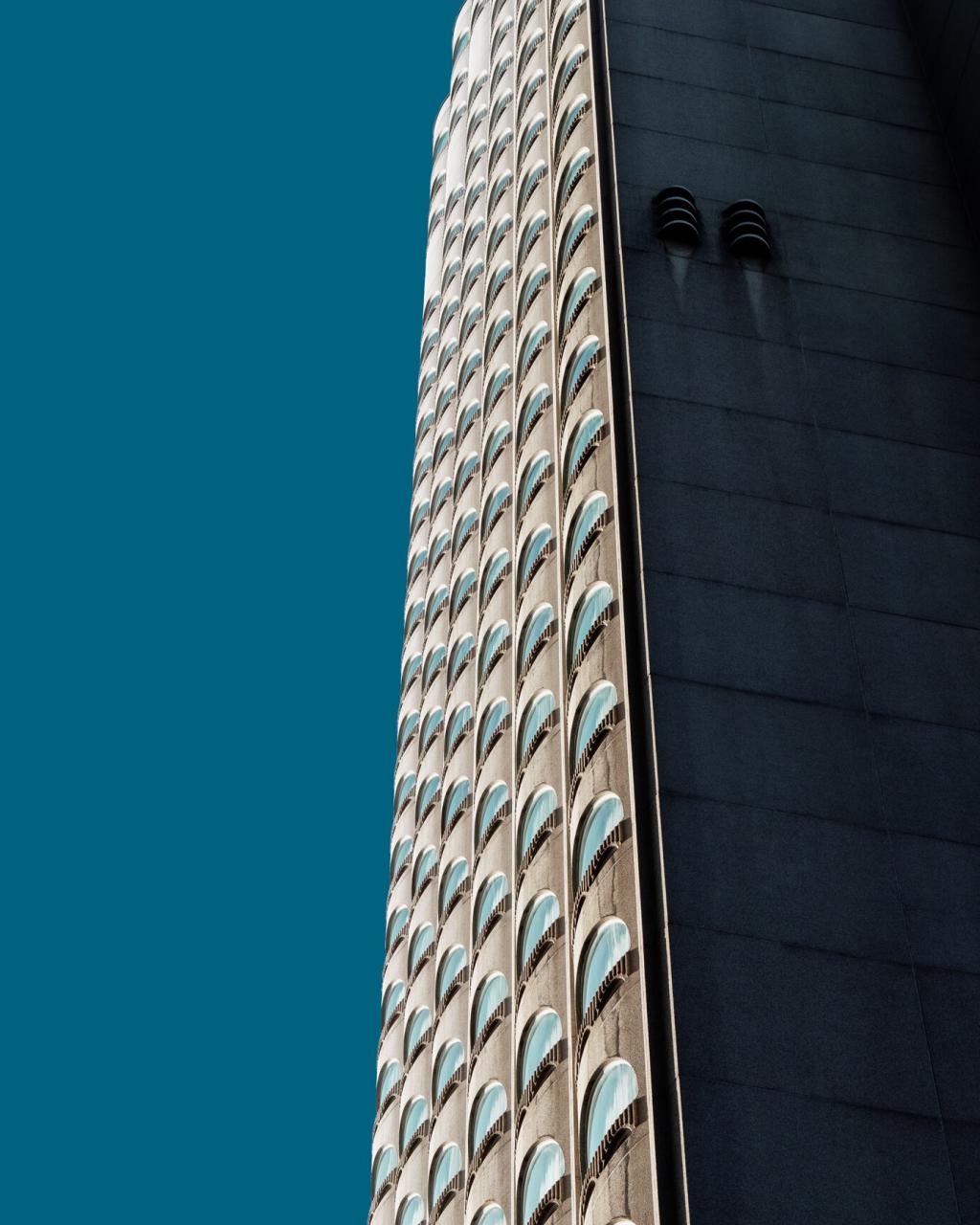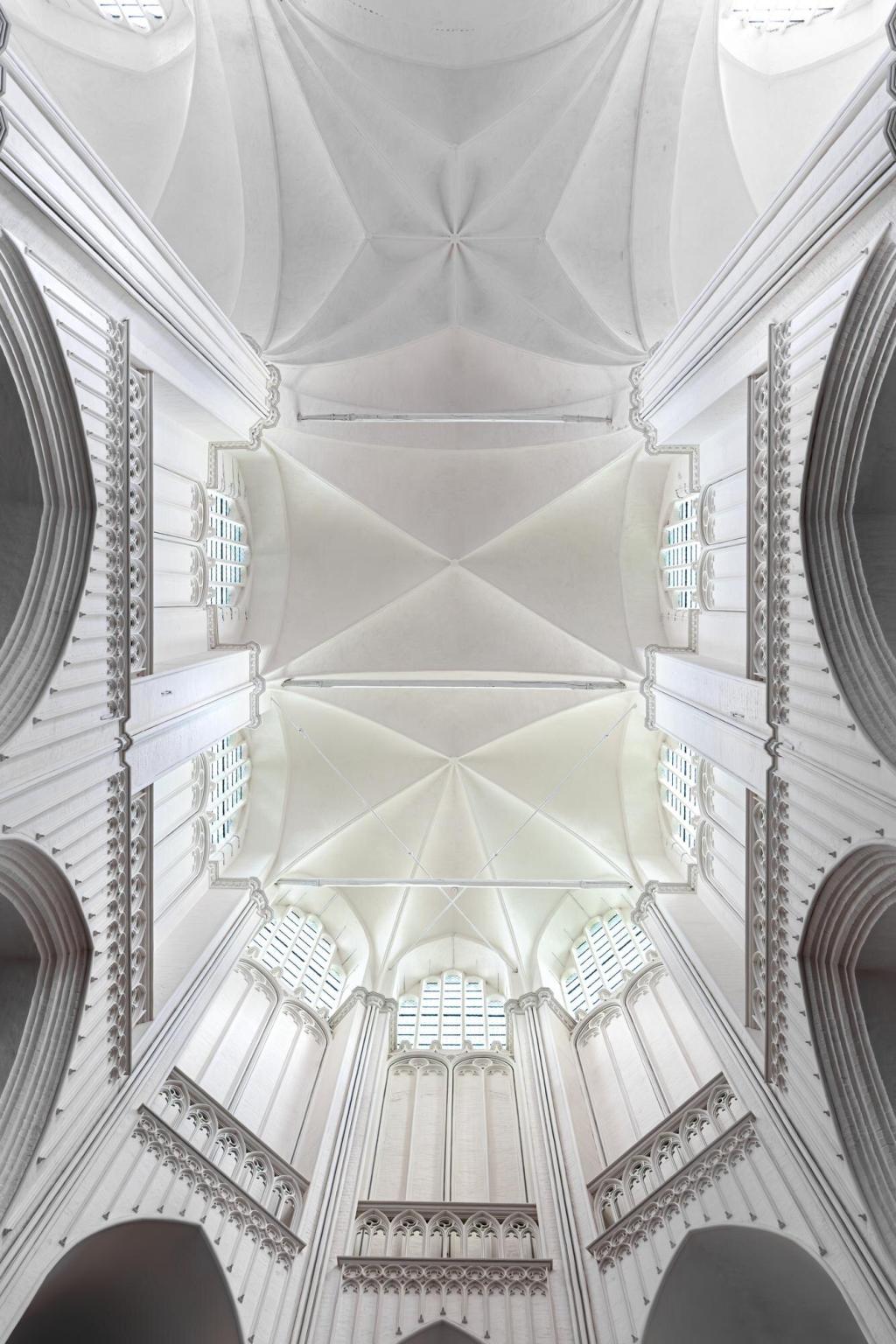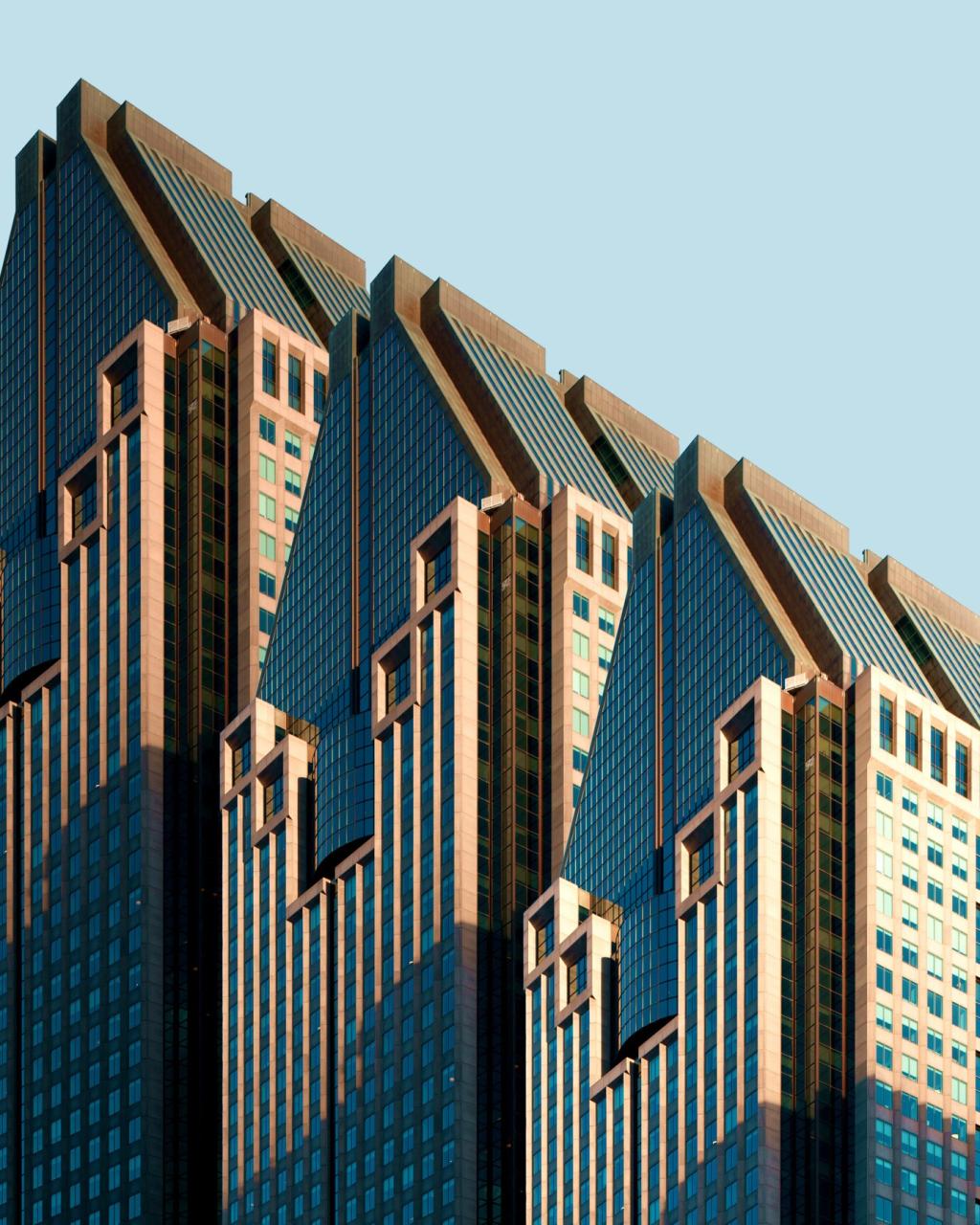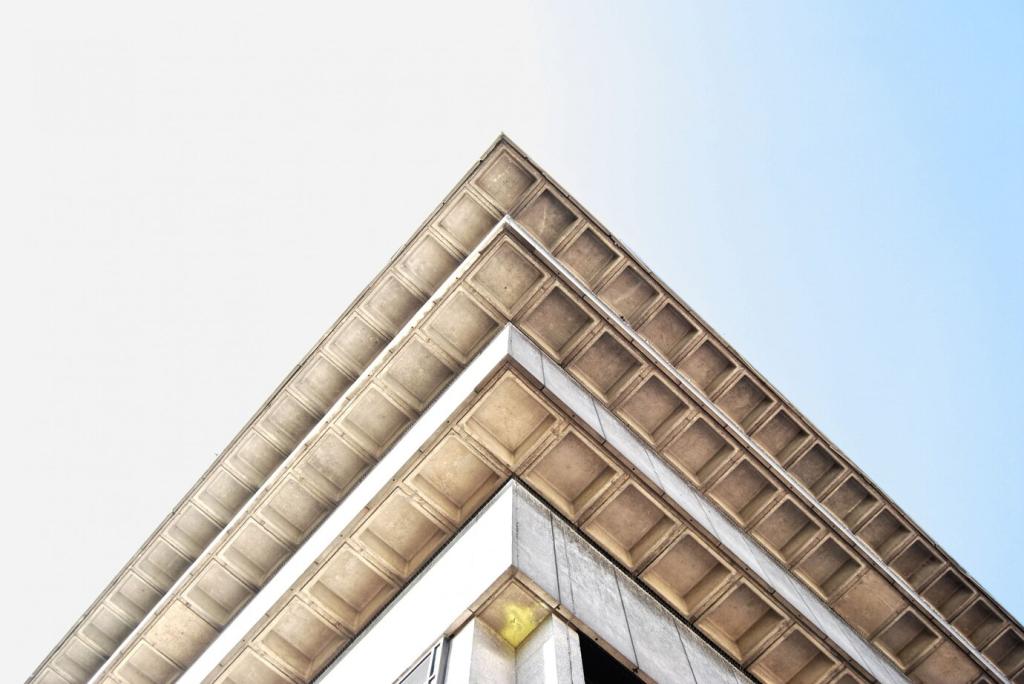Cutting-Edge Materials for Modern Facades
Contemporary architecture thrives on innovation, and nowhere is this more evident than in the selection of façade materials. Today’s architects and builders have access to a stunning variety of advanced materials, each offering unique benefits for sustainability, aesthetics, functionality, and performance. These cutting-edge options have transformed the way buildings interact with their environments, their users, and the broader urban context. From high-tech composites to dynamic glass systems, the possibilities for creative expression and technical excellence are virtually limitless. Discover how these materials are reshaping modern facades and why they stand at the forefront of architectural progress.

High-Performance Glass Technologies
Triple-glazed glass units provide outstanding thermal insulation compared to traditional double glazing. By incorporating a third pane and two insulating air or gas-filled layers, these units minimize heat transfer, reduce energy costs, and enhance interior comfort year-round. In regions with harsh climates, triple glazing helps create healthier indoor environments by stabilizing temperatures and curbing condensation. Architects favor triple glazing for large, expansive facades, as it enables bold, light-filled interior spaces without sacrificing building envelope performance, making it an essential element of the modern sustainable façade toolkit.
Electrochromic glass—also known as smart or switchable glass—gives building occupants control over transparency and shading at the touch of a button or automatically in response to sunlight. By dynamically adjusting light and heat transmission, this high-tech glass cuts glare, boosts daylight penetration, and reduces air conditioning demand. Electrochromic systems seamlessly integrate with building automation, providing an elegantly simple solution to complex solar gain challenges. As the technology matures and costs decrease, electrochromic glass is becoming increasingly common in cutting-edge facades, supporting well-being and energy performance.
Structural glazing eliminates the need for visible framing, enabling entirely glass facades with sleek, modern lines. These systems use specialized adhesives and concealed fixings to support large panes, allowing for uninterrupted views while maintaining structural integrity. The ability to create clean, seamless transitions between glass panels makes structural glazing a favorite choice for high-profile commercial projects. Beyond aesthetics, these systems enhance daylighting and support high-performance façade engineering, showcasing the fusion of form and function in modern architecture.

Innovative Metal Cladding Solutions

Aluminum composite panels (ACPs) have revolutionized facade design with their lightweight structure, flexible forms, and striking visual possibilities. Sandwiched composite construction integrates thin aluminum sheets with a nonmetallic core, resulting in panels that are easy to fabricate and install while providing excellent weather and fire resistance. ACPs support a wide range of finishes, including metallic, matte, and textured surfaces, enabling architects to create distinctly modern visual signatures. Their adaptability and low maintenance requirements make them a preferred choice for commercial developments worldwide.
Engineered Stone and Ultra-Compact Surfaces
Sintered Stone Panels
Sintered stone panels are created by compressing natural minerals under extreme heat and pressure, producing large-format slabs with excellent physical characteristics. Unlike traditional stone, sintered panels are lighter, more flexible, and resistant to UV damage, staining, and weathering. The manufacturing process delivers precise color consistency and facilitates the creation of incredibly thin yet durable panels, making them ideal for contemporary facades. Sintered stone’s ability to mimic various stone types and textures expands design freedom, offering the beauty of natural materials with the reliability of advanced engineering.
Ultra-Compact Porcelain
Ultra-compact porcelain surfaces are manufactured from refined clay, feldspar, and mineral oxides at high temperatures, yielding products with unrivaled density and resilience. Their nonporous nature makes them impervious to water, graffiti, and chemical exposure, simplifying maintenance and extending product lifecycle. These highly customizable panels support seamless, monolithic looks or intricate faceted designs. Used in high-end commercial or residential projects, ultra-compact porcelain delivers both the premium appearance and long-lasting performance required for the world’s most demanding building envelopes.
Engineered Quartz Surfaces
Engineered quartz integrates natural quartz aggregates with industrial resins, resulting in façade materials that rival the appearance of high-end stone and marble while surpassing them for impact and scratch resistance. These panels offer remarkable color uniformity and can be fabricated to exacting specifications. Engineered quartz is also suited for energy-efficient facades, as its thermal conductivity helps moderate interior temperature fluctuations. Its versatility and ease of installation make it a compelling solution for urban mid- and high-rise towers where performance and beauty must go hand-in-hand.
Advanced Ceramic and Terracotta Cladding
Ventilated Ceramic Rainscreens
Ventilated ceramic rainscreen systems represent a leap forward in weatherproofing and energy efficiency. These multi-layer assemblies feature ceramic tiles mounted away from the building’s structural wall, creating an air cavity that enables continuous ventilation. This passive ventilation moderates wall temperature and manages moisture, reducing the risk of mold and heat gain. Ceramic tiles are available in a vast array of finishes and hues, allowing architects to achieve diverse facades that balance high performance with enduring beauty.
High-Tech Glazed Terracotta
Modern manufacturing has transformed terracotta into a cutting-edge facade material. Through advanced glazing techniques, terracotta tiles now exhibit incredible color depth, sheen, and long-term durability. Glazed terracotta can be produced in custom molds, opening the door for intricate surface textures and nontraditional shapes. The result is a highly adaptable cladding system that suits both restoration projects and groundbreaking contemporary constructions. Terracotta’s natural insulation value and minimal environmental impact solidify its place as a material of choice for sustainable design.
Large-Format Ceramic Panels
The advent of large-format ceramic panels has unleashed new design potentials for seamless, strikingly modern exteriors. These oversize panels reduce the number of visible joints, enhancing a facade’s visual continuity. Lightweight and robust, large-format ceramics are suitable for high-rise buildings where traditional stone or masonry would be impractical. With digital printing, panels can replicate the look of wood, stone, or even metal, allowing for total creative control. Their resistance to UV rays, pollution, and freeze-thaw cycles ensures long-term performance in diverse climates.

Dynamic Façade Systems and Kinetic Materials
Kinetic shading devices are engineered to respond to changing sun angles or building occupancy. These moving elements, often made with lightweight metals or composite materials, rotate, fold, or slide to optimize light and shade throughout the day. Operated mechanically or using smart sensors, they reduce solar gains, enhance comfort, and contribute to a building’s energy efficiency. Their dynamic motion also animates the facade, creating a living, interactive architectural skin that continually adapts to its surroundings.
Previous
Next
Lightweight Composite Materials for Large-Scale Applications
Fiber-Reinforced Polymers
Fiber-reinforced polymers (FRPs) combine glass, carbon, or aramid fibers with a polymer matrix to yield panels of remarkable strength-to-weight ratio. FRPs are corrosion-resistant, nonconductive, and capable of being molded into complex shapes. These qualities enable dramatic cantilevers, sculptural facades, and rapid installation, even in challenging settings. Additionally, their low weight reduces transportation and structural costs, making FRPs a go-to solution for large public works or innovative commercial architecture seeking cutting-edge aesthetics and performance.
Honeycomb Sandwich Panels
Honeycomb sandwich panels are constructed with thin, rigid faces bonded to a lightweight honeycomb core, offering unparalleled stiffness with minimal weight. These panels are widely used in skyscrapers and airport terminals, where long spans and delicate support structures are required. The honeycomb geometry allows for efficient stress distribution, high impact resistance, and excellent insulation. Designers prize them for achieving ambitious architectural forms that would be impossible with traditional cladding, pushing the boundaries of modern facade engineering.
Glass Fiber Reinforced Concrete (GFRC)
GFRC transforms traditional concrete by embedding high-strength glass fibers, resulting in thin, lightweight panels with formidable durability. These panels faithfully replicate stone, terra cotta, or abstract surfaces, supporting expressive architectural visions with less structural burden. GFRC’s versatility is evident in the way it can be cast into intricate reliefs, curved shapes, or high-gloss finishes. Its ability to deliver high performance, rapid installation, and limitless design options makes it a staple of forward-thinking facade systems.
